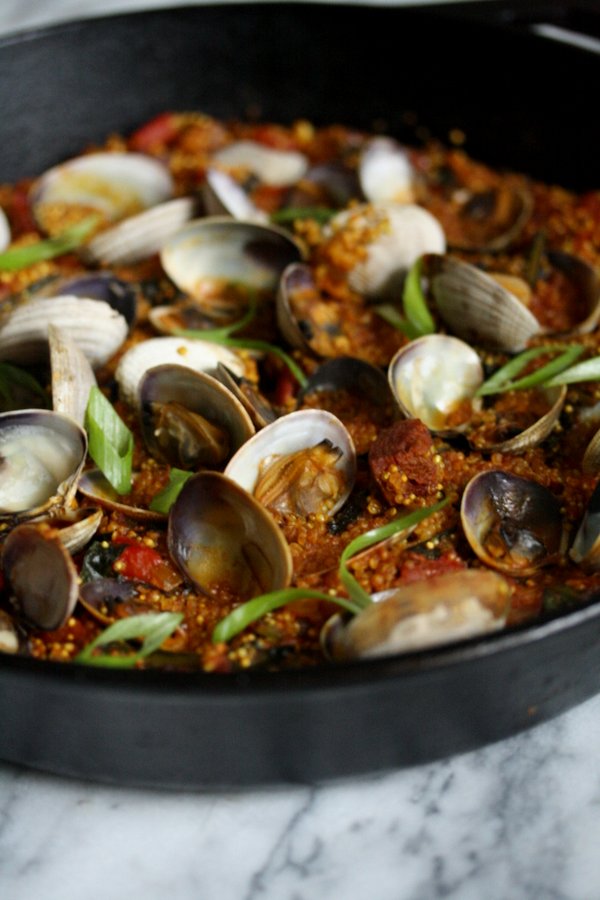
It doesn’t take a rocket scientist (or Nathan Myhrvold) to swap out cooked rice or bulgar wheat for one of their healthier, gluten-free grain friends. So when I got back to New York this fall, I wanted to really experiment—to push my quinoafication to the next level. I wanted to make something crazy. Something like quinoa paella.
I’ve been dabbling in paella preparations since my early days in the kitchen. You can see the proof by way of a scallop and chorizo paella in my cookbook. The technique is fairly simple: you sauté rice in a mixture of aromatics—usually a sofrito of onions, peppers, and garlic—then cover the rice with stock and simmer uncovered until the grains are tender, the liquid is absorbed, and a delicious crust has formed around the edges of the pan.
This crispy, semi-burnt rice is called socarrat. It’s a bona fide delicacy in Spain and the true indicator of whether you cooked an authentic paella. It’s also the name of a Spanish restaurant chain in New York City that appropriately serves only paella. So it’s kind of a big deal.

Most quinoa paella recipes I came across seemed to throw the socarrat factor by the wayside in favor of the fluff factor, which requires a lid for some of the cooking process (and, for the record, is therefore technically NOT a paella, but a pilaf). Since I was using clams in my recipe, which also benefit from the steam factor a lid provides, I decided to go with a strangely conceived, but surprisingly effective hybrid technique: lid off to simmer away the majority of the liquid, lid on to cook the clams, and then lid off again to burn off the additional liquid the clams add to pan and make a last ditch effort at that socarrat.
The plan ended up working out incredibly well, if I do say so myself. And I also have to give myself a nice pat on the back for combining chorizo, clams, and bitter dandelion greens, which up the healthy factor of my quinoafication even more.
One last note on the socarrat before I leave you: try to use a heavy-bottomed cast iron skillet (it’s non-stick by nature and great for high heat, I like this one) and don’t worry if you don’t have a lid that fits perfectly on it. You can still create enough steam with a janky lid you borrowed from a completely different pan—one that is presumably way more annoying to clean after you burn the shit out of some quinoa inside of it.
Eat up!
Xo
Phoebe
Quinoa Paella with Clams, Chorizo and Winter Greens
Ingredients
- 1 tablespoon olive oil
- 1 cup diced Spanish chorizo
- 1 medium onion diced
- 1 red bell pepper seeded and diced
- 4 cloves garlic minced
- 1 cup white quinoa
- 1 teaspoon smoked paprika
- 1 teaspoon tumeric
- 1 teaspoon sea salt
- 1 cup diced plum tomatoes fresh or canned
- 1 bunch leafy greens chard, kale, dandelion, collards, thinly sliced
- 2 cups chicken or fish stock
- 1 pound small Manilla clams or cockles
Instructions
- In a large heavy-bottomed skillet or saucepan, heat the olive oil. Sauté the chorizo over medium-high heat until browned, 2 minutes. Add the onion and pepper to the pan. Cook, stirring occasionally until soft, 5 minutes. Stir in the garlic, quinoa, paprika, turmeric, and salt. Sauté the grains for until the spices are fragrant and the quinoa is beginning to toast, 2 minutes. Fold in the tomatoes and greens. Cook until the tomatoes have begun to release their juices and the greens are wilted.
- Cover the quinoa with the stock and bring to a boil. Reduce the heat to medium-low and simmer, uncovered, for 15 minutes. Give the grains a stir and arrange the clams on top. Cover the pan and cook for 10 minutes, or until the clams have just opened. You’ll notice that the clams will add more liquid to the pan. Finish the paella uncovered until most of the liquid has evaporated and the grains are cooked to al dente, about 5 minutes more. Taste for seasoning, garnish with parsley or scallions, and serve alongside lemon wedges.
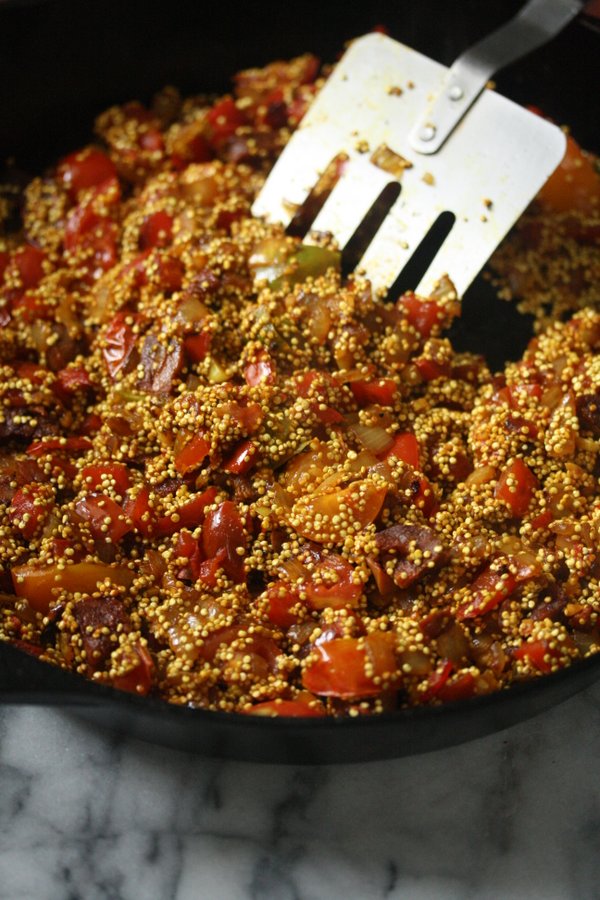


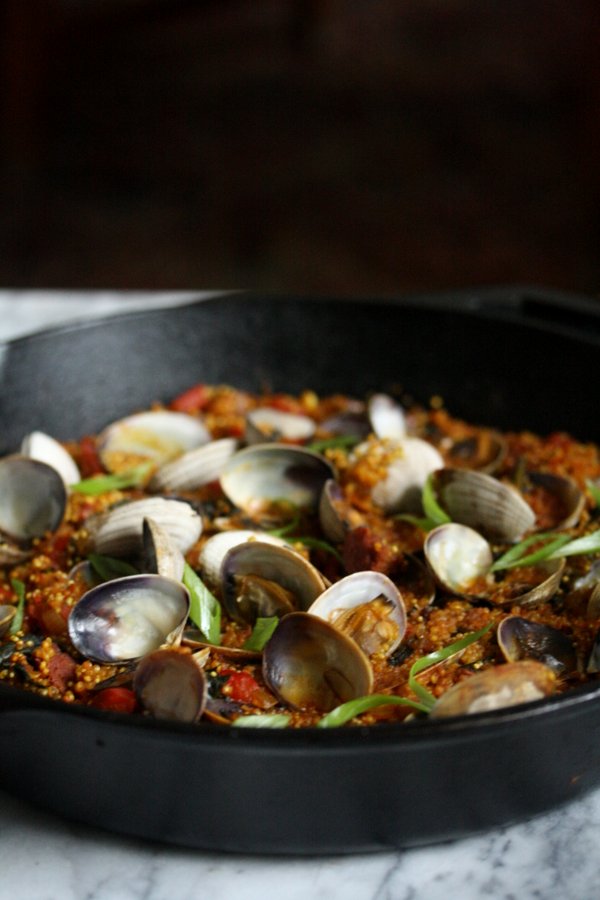
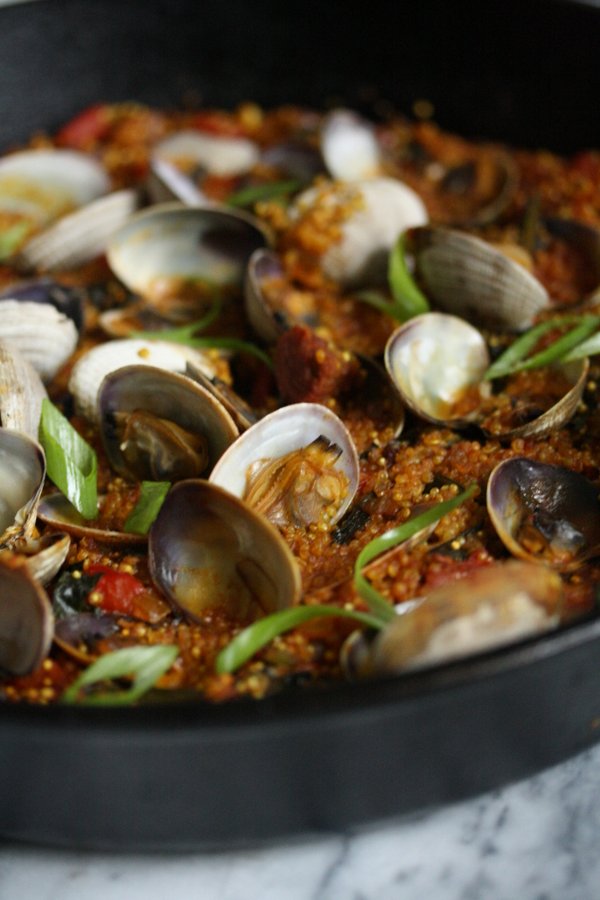
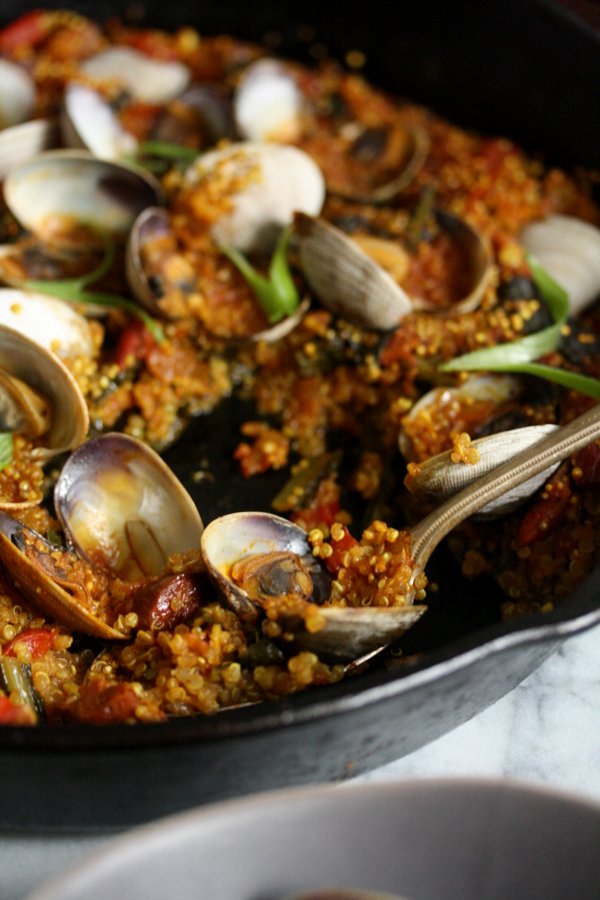
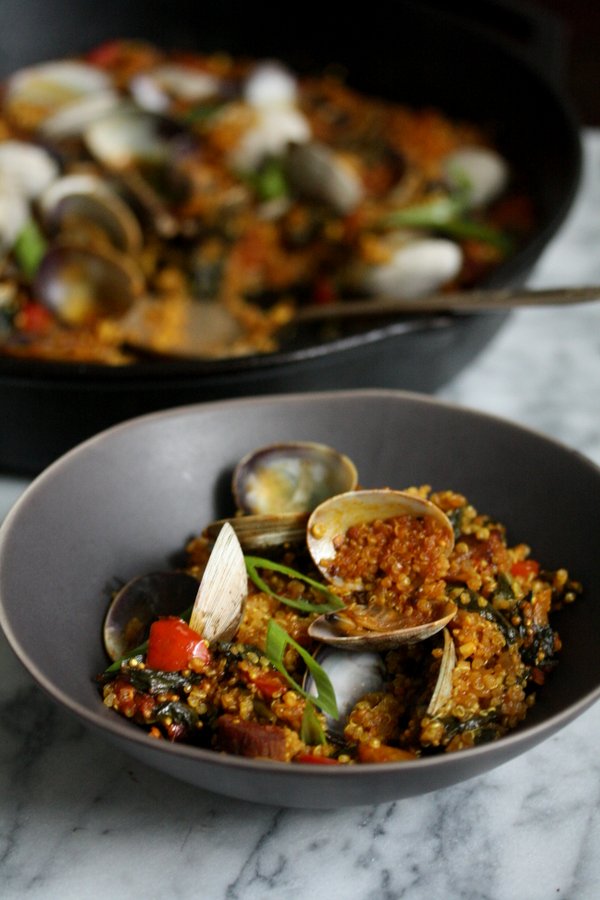

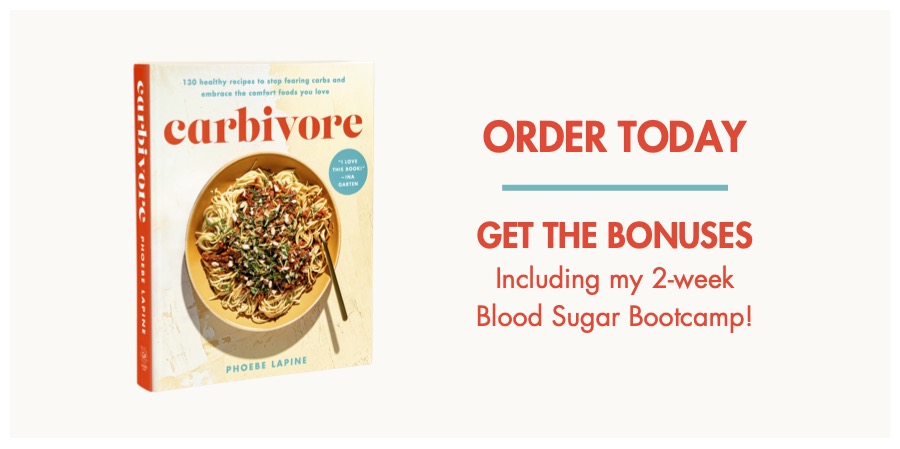
Love this! My quibble with paella has always been the white rice, but brown takes too long.
well here’s your solution! yay!
This looks amazing! I cant wait to try my hand at it xx
I’m sure you’re the paella queen!
I love the idea of using quinoa in a paella! Definitely a more delicious and healthier alternative.. than rice. Thanks for the great idea, you can consider I will be making the recipe!
I hope you do Thalia! Let me know how it goes 🙂 xo
Is the taste the same with turmeric instead of saffron?
Not really, but it’s kind of a background flavor – you don’t notice the turmeric too much in this dish, but you get that great hint of orange color. You’re welcome to sub saffron, it’s just more expensive 🙂
Good work! Your post is an excellent example of why I keep coming back to read your excellent quality content that is forever updated. Thank you!